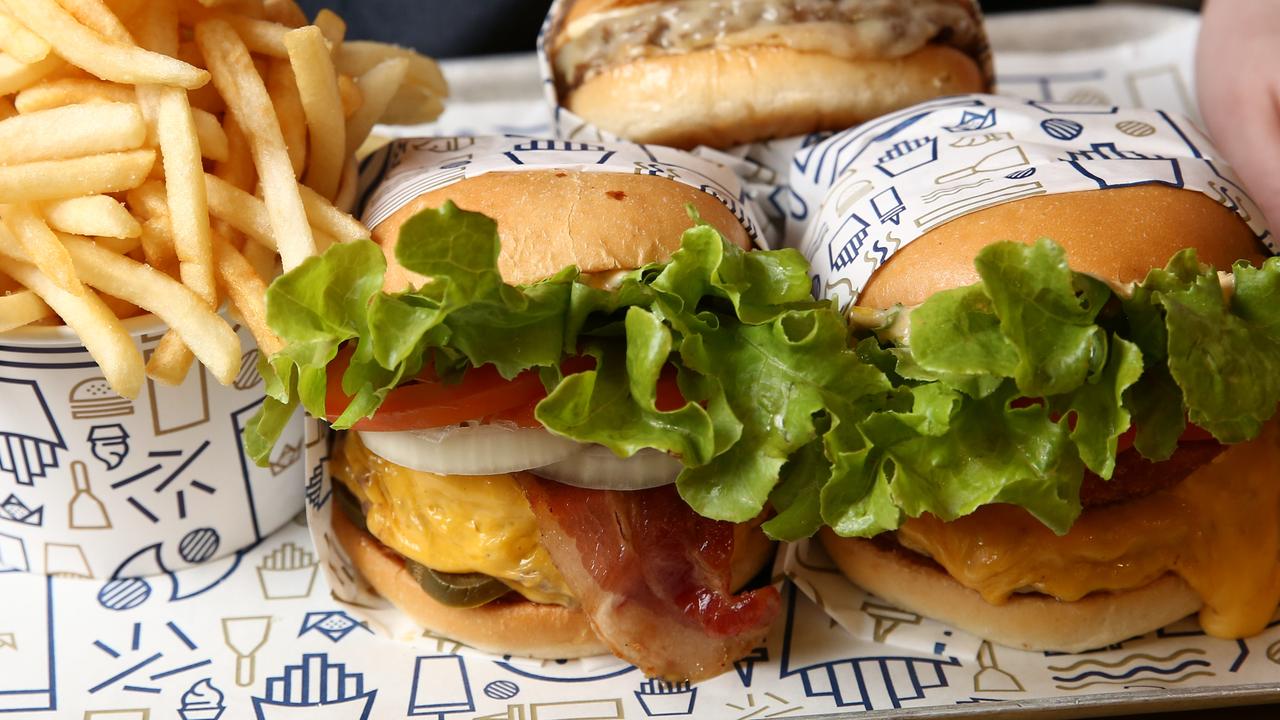Matt Preston’s guide to cooking far flung with flair with release of Yummy Easy Quick Around The World
MATT Preston takes a snapshot of 11 of the world’s most popular cuisines, and offers 30 ways to have you cooking global grub like a MasterChef champ every night of the week, writes Dan Stock.

Eating Out
Don't miss out on the headlines from Eating Out. Followed categories will be added to My News.
“FAKE it until you make it.”
It’s one of the most famous of English aphorisms, but Matt Preston reckons you should fake it while you make it.
His latest cookbook, Yummy Easy Quick Around The World follows on from last year’s best-selling Yummy Easy Quick by taking a snapshot of 11 of the world’s most popular cuisines, Matt sharing his ways to cook unmistakeable Chinese, or Japanese, or Greek food by simply combining the hallmark flavours of those signature dishes.
“You soon realise that by combining certain key ingredients a dish quickly starts to take on the unique feel of one or another corner of the world,” he says.
MELBOURNE’S BEST HIDDEN LUNCH GEMS
HOW TO HOST THE ULTIMATE HIGH TEA
RUSTICA UPS THE ANTE FOR CENTRE DINING

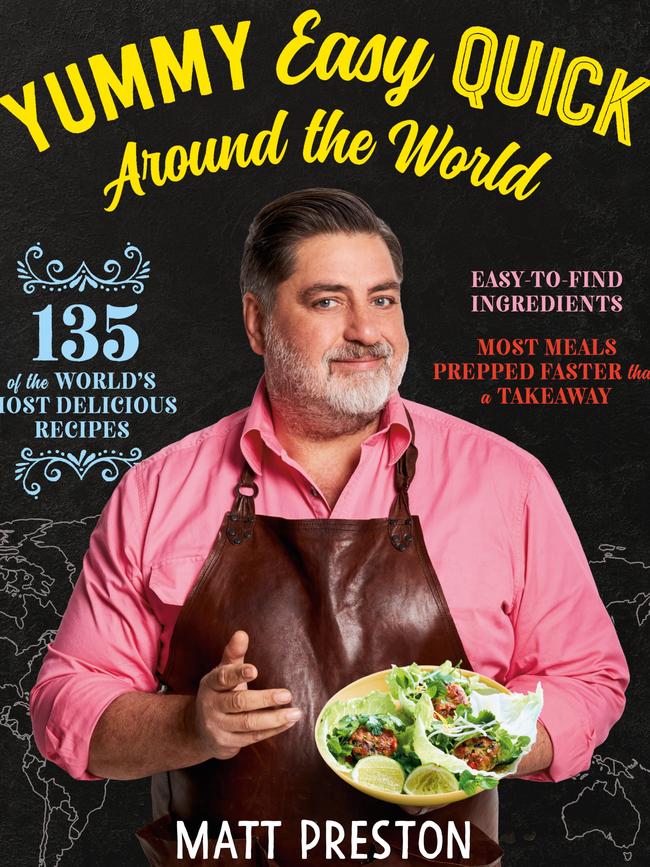
“You can put five ingredients together and pretty much everyone will tell you what cuisine we’re talking about. Thyme, cream, butter, you’re talking French. Soy sauce, mayonnaise, rice, now you’re in Japan. That was the big realisation for me (writing the book), it wasn’t nearly as complex on the surface as it is when you dig down.”
Matt says his approach — and advice to the home cook — is to be mindful of the key elements of a cuisine but not to be bogged down or intimidated by the “rules”, or of issues of “authenticity”.
“The whole idea that you’re going to do something wrong doesn’t exist. This book is not designed to have you cooking like (Thai cuisine guru) David Thompson. This book is to give you a sense of the flavours, so you can have a play around,” he says.
“So when you want to turn your tried and tested pumpkin soup into a Thai pumpkin soup or a Japanese pumpkin soup or a Spanish pumpkin soup it gives you an idea of the flavours you can play with to do that. Gives you the chance to explore a cuisine.”
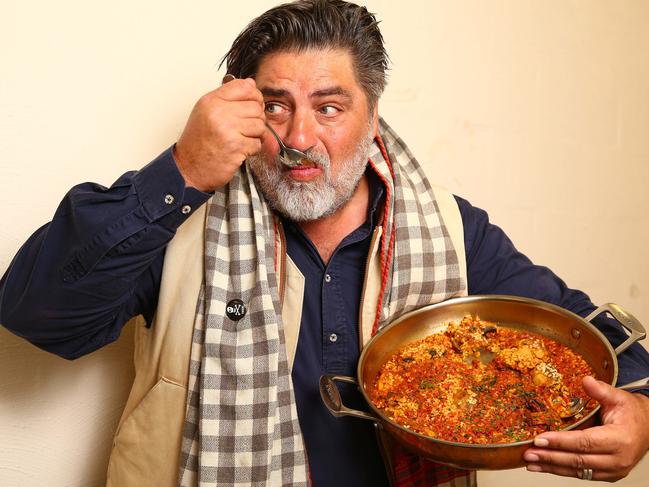
Matt says we’re in a unique position in Australia to do that exploration, as our supermarkets are now stocked with an incredible array of ingredients from around the world.
“The ability to get nori and miso and Japanese mayonnaise and palm sugar and lemongrass and fresh chilli from all around the world as kind of standard is impressive. When you look for seaweed or smoked paprika, it’s there.”
And while rules are, famously, there to be broken, there are key building blocks for creating dishes that are delicious and not disgusting. Be wary of substituting key ingredients, as this can result in disaster.
“A reader once got in touch (about one of my recipes) and said, I made your paella and it was disgusting! I didn’t have rice so I used pasta. I didn’t have chicken, so I used beef. I didn’t have any chicken stock so I used fish stock!”
But how do you travel around the world in 80 plates that the family will lick clean? Here are 30 ways that Matt will have you cooking global grub like a MasterChef champ every night of the week.
GROUND CONTROL
“Faking it is largely about not using clashing flavours or ingredients,” Matt says. “Avoid putting pork in your tajine, peanuts on top of your French Lyonnaise salad or a crunchy slab of fried polenta in a betel leaf”.
Always use the regionally appropriate fat for your cooking. This means using olive oil when you want to emulate dishes from southern Italy and France, especially if they use ingredients such as capers, zucchini or capsicum. Peanut oil or coconut fat is the way to go for Vietnamese or Thai dishes that use peanuts or coconut in them.
CHINESE WHISPERS
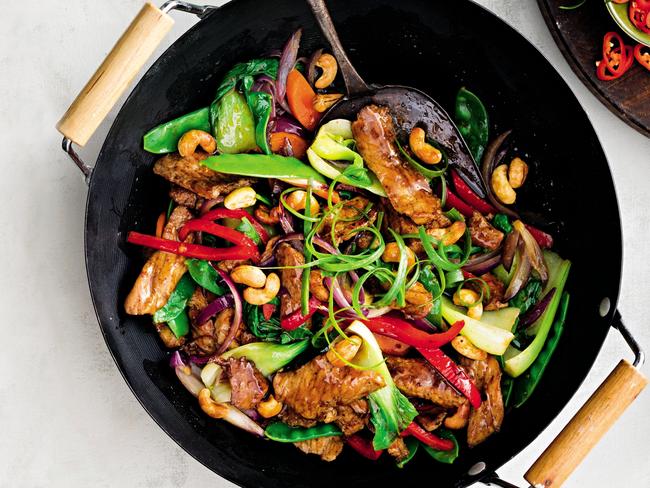
The signature flavour of the Chinese kitchen is five spice powder — the heady combination of fennel seeds, star anise, cloves, Chinese cinnamon (cassia) and Sichuan pepper, ground together. This can be used to marinate meats, vegetable stir fries, and braises that require a strong spice element. Matt suggests rubbing pork belly, duck or chicken with the powder before roasting or grilling.
Cut ingredients for a stir fry small, and the same size. Cook them separately, keeping the wok dry so you don’t stew them. Finish with Shaoxing rice wine and hoisin sauce, adding noodles at the end.
Try frying bok choy halved and cut-side down in a pan. Finish with soy sauce to caramelise the underside of the bok choy with salty stickiness.
When cooking Chinese food, always use white pepper, not black. And you can “add fried lap cheong (Chinese sausage) to pretty much everything”.
“Remember, there is no shame in buying roast or char siu pork or Peking duck from your local Chinese restaurant to share with the family,” Matt says.
JAPAN EASY

Matt says giving your homemade burgers a Japanese twist is as easy as shaping the patty with your hands wetted with soy sauce and then serving it in a sweet bun with avocado, pickled daikon, ginger and wasabi mayonnaise.
The Japanese handbook of flavours is as considered and precise as a bonsai. Mirin, sesame seeds, wasabi, soy sauce miso and citrus, such as yuzu and lime, are the most important. “Shisho and bonito flakes are also key, whether used as a garnish or as a flavouring,” Matt says.
Rice wine vinegar is crucial for pickling ginger.
There’s nothing that can’t be bettered crumbed and fried, so the accepted wisdom goes, and this is just as true in the Land of the Rising Sun as elsewhere. Japanese breadcrumbs, called panko, are lighter and fluffier than their western counterpart, and can be used to coat chicken, pork, even beef. Serve with Japanese mayonnaise — called kewpie — and barbecue sauce.
Japanese use sprinkles to add flavour to dishes. Popular shakes to add to dishes include furikakae — a combo of seaweed, salt, sugar and sesame seeds — and chichimi togarashi (seven spice powder) that’s made up of chilli, Sichuan pepper (sansho) pepper, orange peel, black and white sesame seeds and nori. “Both furikake and seven spice powder are particularly good on rice and over cooked meat,” Matt says.
THAI THIS AT HOME

“At the heart of Thai cuisine is the idea of creating roundness by the cunning balance of lots of sweet, sour, salty and hot flavours,” Matt says. Sourness comes from lime juice or tamarind, the saltiness from fish sauce or dried shrimp, while sweetness comes from palm sugar. The heat comes from a wide variety of chillies — traditional Thai food is fiery hot.
A fragrant spice paste makes the base of a Thai braise or curry. Matt suggests bashing with a mortar and pestle coriander leaves and stalks, galangal and ginger with something sour, such as tamarind, and something fragrant, such as lemongrass or Kaffir lime leaves. This paste can also be slathered on meat or fish before grilling or roasting.
Fresh herbs are a mainstay of Thai dishes, with coriander, mint and Thai basil abundantly used. Sweet and sour dipping sauces can be served alongside meats or seafood or can be used as a salad dressing.
Nam pla — fish sauce — is imperative in Thai cooking. There are many different varieties to experiment with; Matt suggests first buying a good-quality brand (the Squid brand is the go-to for many chefs and is now available in supermarkets), and then experimenting. “It should be smooth enough that you can bear to sip it unadulterated,” he says.
FRENCH CONNECTION
You won’t find many spices in savoury French dishes, Matt says, but rather herbs including parsley, chive, thyme, tarragon and chervil are used as the main flavourings. Mustard, onions, bacon and garlic are also used liberally (and deliciously).
Make your own “bouquet garni” — a bundle of parsley, bay leaf and thyme tied together — and add to soups and stocks.
“Be generous with wine and garlic in all your braises,” Matt says. “Start with a mirepoix of finely diced onion, carrot and celery, and brown your meat before adding any liquid.”
“Duck fat is the sort of luxury that makes French food so darned tasty,” Matt says. Seek it out and add to cassoulet, the classic pork and bean stew from the southwest of France, and revel in its decadent stickiness.
REIGN IN SPAIN
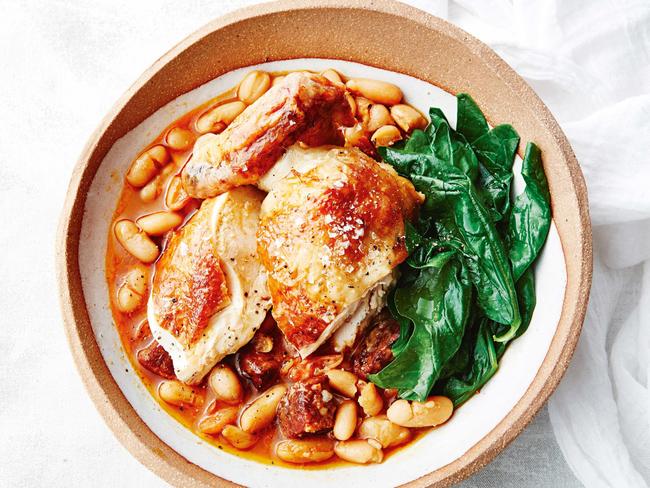
Take your standard chicken thigh bake on a Spanish holiday by adding chorizo, garlic, sliced capsicum and smoked paprika. Serve with a squeeze of orange juice, toasted almonds and parsley.
“The Spanish have a bit of a thing for eggs fried in rather a lot of olive oil,” Matt says. Top pan fried chickpeas, garlic and silverbeet with runny fried eggs (or fried chorizo) and serve with roast potatoes.
To add a new level of luxe to your Spanish dishes, Matt suggests spending money on expensive anchovies that add flavour to dishes. “They will be a million miles away from the overly salty, hairy fish you find on cheap pizzas.”
Cinnamon, anise and saffron join paprika as the key spices used in Spanish cooking, while oranges, lemons, peaches and apricots, along with almonds and hazelnuts, all turn up in sweet and savoury dishes.
GREECE IS THE WORD
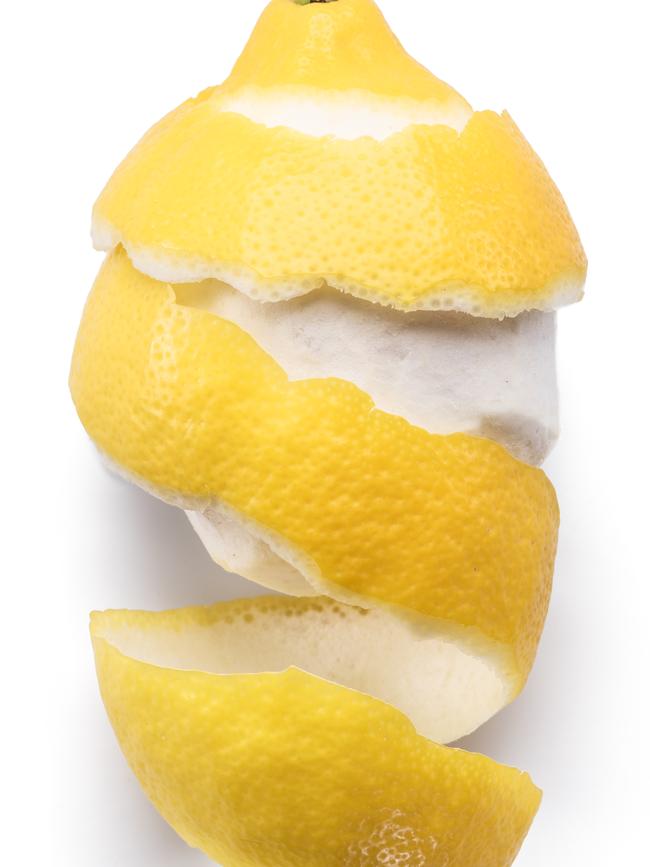
Long and slow is very much the Greek way of cooking, with braises and stews becoming deliciously complex and rich. “Remember, you can always freshen up finished stews with a squeeze of lemon and a blizzard of complementary herbs, such as oregano or parsley,” Matt says.
“Add feta, chopped dill and mint and a good squeeze of lemon juice to pretty much anything to give it a Greek flavour,” Matt says.
Be sparing with your marinades and rubs for meats when roasting or grilling. Salt, lemon and olive oil is enough for lamb, Matt says, while for pork, crushed fennel seeds can also be used.
For an easy Greek win, put something grilled into flatbread. Matt suggests adding cucumber, tzatziki and fresh mint to grilled lamb, or adding a rough dip of mashed roasted beetroots, feta and fresh dill to grilled pork.
INDIAN SUMMER
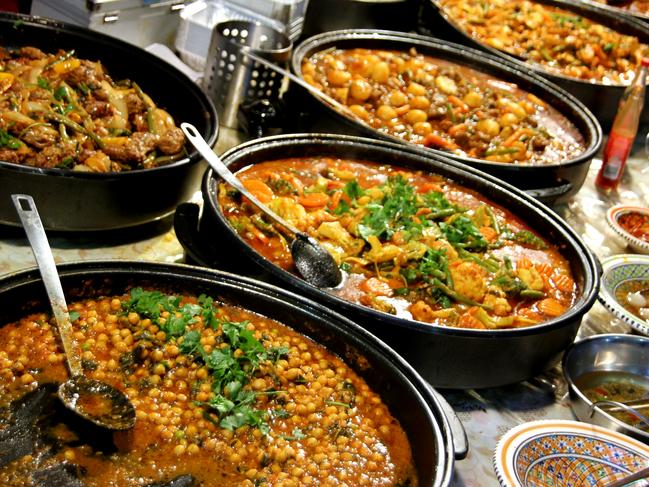
You can add an Indian twist to your favourite cauliflower or pumpkin soup by starting it the same way you would an Indian curry, Matt says. Start by frying mustard seeds as you heat oil in the pan. Add onions and a minced paste of garlic and ginger. Cook until it starts smelling fragrant, then add and cook your spices and other ingredients.
“Mix yoghurt with spices, blitzed herbs or pastes, such as Indian tandoori paste, to make marinades for grilling and roasting lamb and chicken,” Matt says.
To turn your homemade burgers into an Indian delight, add curry paste or curry powder to the chicken or lamb mince for the patty. Matt suggests adding nigella seeds to the chicken mince, and cumin to the lamb. “Add a smear of coriander and mint chutney, some fresh cucumber and butter lettuce to the rolls or naan bread. A dollop of thick natural or Greek yoghurt is great, too,” Matt says.
SNEAK PEEK AT MATT’S LATEST RECIPES
JAPANESE FRIED RICE OMELETTE (OMURICE)

SERVES: 2
PREP: 15 MINS
COOK: 20 MINS
Ingredients
60 ml (¼ cup) sunflower oil
4 spring onions, white part thinly sliced, dark green part finely shredded
2 garlic cloves, crushed
1 tablespoon finely grated ginger
2 tablespoons soy sauce
1 tablespoon brown sauce or barbecue sauce, plus extra to serve
300 g (2 cups) leftover cooked white rice
4 eggs
2 tablespoons mirin
2 tablespoons kewpie mayonnaise
2 tablespoons bonito flakes
METHOD
Heat 2 tablespoons of the oil in a non-stick frying pan over medium–high heat. Add the white part of the spring onion, garlic and ginger and cook for 2–3 minutes or until soft. Add the soy sauce and brown or barbecue sauce and stir to combine. Add the rice and cook, tossing, for 2–3 minutes or until all the liquid has evaporated. Transfer the rice mixture to a heatproof bowl.
Wipe the pan clean to save on washing up. Lightly whisk the eggs and mirin in a jug until combined. Brush the pan with half the remaining oil and place over medium–low heat. Add half the egg mixture and immediately stir in the pan until small curds form. Settle the mixture and swirl around the pan to create an even layer. Reduce the heat to low and cook for another 2–3 minutes or until the top is almost set.
Add half the rice mixture in a long pile along one edge of the omelette and carefully roll it up, until the rice is completely enclosed. Set aside on a plate and repeat with the remaining oil, egg and rice mixture to make a second omelette.
Drizzle kewpie mayo and extra brown or barbecue sauce over each omelette. Scatter with the dark green part of the spring onion and dancing bonito flakes and serve.
CHEAT’S LAMB BIRYANI
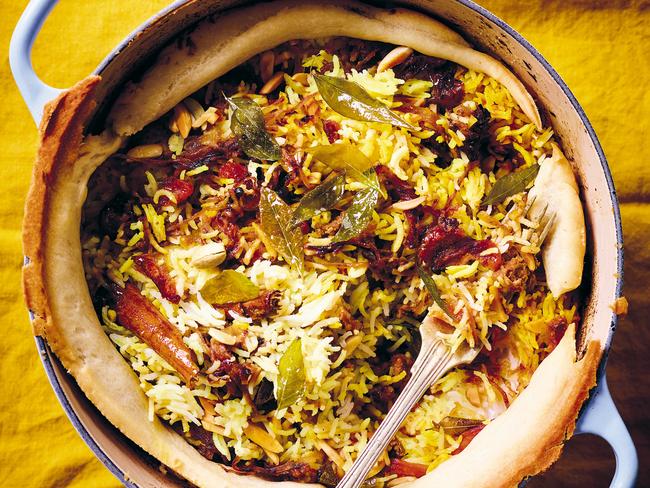
SERVES: 4–6
Prep 30 mins
Cook 1 hour 15 mins
INGREDIENTS
250 ml (1 cup) full-cream milk, warmed
1½ teaspoons ground turmeric
pinch of saffron threads
100 ml sunflower or vegetable oil
4 brown onions, thinly sliced
12 curry leaves
4 garlic cloves, thinly sliced
1 tablespoon finely chopped ginger
750g lamb mince
sea salt and freshly ground black pepper
2 tablespoons garam masala
2 tablespoons tomato paste
300 g (1½ cups) basmati rice
4 green cardamom pods, bruised
1 cinnamon stick
80 g (½ cup) sliced dried apricots
65 g (½ cup) slivered almonds, toasted
Natural yoghurt, to serve
PASTRY SEAL 225 g (1½ cups) plain flour
125 ml (½ cup) vegetable oil
Preheat the oven to 180C/160C fan-forced. Combine the milk, turmeric and saffron in a bowl and set aside.
To make the pastry seal, combine the flour, oil and 80 ml (⅓ cup) water in a bowl, then turn out onto a lightly floured surface and knead until smooth. Wrap in plastic wrap and place in the fridge until ready to use.
Heat three-quarters of the oil in a shallow flameproof casserole dish over medium– high heat. Add the onion and eight curry leaves and cook, stirring often, for 8 minutes or until the onion is dark brown. Use a slotted spoon to separately transfer the onion and curry leaves to a plate lined with paper towel to drain.
Reduce the heat to medium and add the remaining oil, then add the garlic, ginger and remaining curry leaves to the pan and cook for 30 seconds or until aromatic. Add the mince, season and cook, stirring, for 8 minutes or until well browned. Add the garam masala and tomato paste and cook for 2 minutes, then splash in 100 ml water. Reduce the heat to medium–low and simmer, stirring occasionally, for 15 minutes or until the mixture has thickened.
While your meat cooks, combine the rice, cardamom, cinnamon, 2 teaspoons of salt and 750 ml (3 cups) water in a medium saucepan. Bring to a simmer over medium–low heat and cook, covered, for 10–12 minutes or until all the water has been absorbed and the rice is tender. Set aside.
Scatter half the apricot, almonds and fried onion over the lamb mixture, then top with the rice. Scatter over the remaining apricot, almonds and fried onion. Drizzle over the milk mixture, tinting some of the rice yellow as you pour. Cover with a lid.
Roll the pastry to make a sausage shape long enough to fit around the lid, then press the pastry securely around the lid so that no steam can escape. Bake for 40 minutes. Crack the seal at the table so the steam escapes. Obviously do this with as much drama as you possibly can, but be careful not to burn yourself. Top with the reserved fried curry leaves and serve with a bowl of yoghurt on the side.
TIPS Just in case you’re wondering, you can eat the pastry, but it’s not really there for consumption!
For a vegetarian version, just replace the lamb with 600g par-boiled chunks of peeled waxy potato. Also add 50g of roasted cashews to the rice when you cook it.
YUMMY EASY QUICK AROUND THE WORLD BY MATT PRESTON.
PUBLISHED BY PLUM (THROUGH PAN MACMILLAN AUSTRALIA)
RRP $39.99



